Editor’s Note: This article was originally published in April 2014 and featured photography made with the SIGMA 150-500mm lens. It was updated January 2016 to include current lenses in the lineup and update photos to include some images from current lenses including the 150-600mm Sports and Contemporary lenses. The SIGMA 150-600mm Sports lens has since been discontinued.
Variable-aperture super-telephoto zoom lenses like the pair of 150-600mm F5-6.3 lenses offer photographers the ability to fill the frame with distant subjects—which is incredibly rewarding for capturing wildlife, sports, on-stage performances and more. This style of lens offers a lot of reach, range, and versatility in a relatively compact package. For example, the 150-600mm DG OS HSM | Contemporary weighs in at just over four pounds and is just about a foot long in the camera bag.
Super-telephoto lenses can help bring a whole new level to your photography; and it just takes a little practice to get the hang of some of the particulars of working with long-reach lenses. Here are some top tips for making the most of super-telephoto zoom lenses.

- Use Aperture-Priority or Manual-Exposure mode to stay at the maximum aperture as you zoom in and out for the fastest possible shutter speed at any focal length to freeze action–whether it is birds in flight or a baserunner during a ballgame. This will also give the most shallow depth of field for great subject/background separation.
- Freezing action and motion takes fast shutter speeds, so be mindful of keeping the lens as wide open as possible, and dialing up the ISO, when necessary, to keep super-short shutter speeds, especially early and late in the day.
- Shutter speeds slower than reciprocal of the focal length can introduce camera and lens shake into the image, so either use a tripod or Optical Stabilizer when the shutter speed is slower than the inverse of the focal length. For example, at 500mm, you’ll need at least a 1/500 shutter speed to handhold without OS or tripod. At 200mm, you’ll need at least a 1/200 shutter speed.
- Optical Stabilizer acts like an invisible tripod to minimize camera and lens movement at slower shutter speeds, so you can make sharp shots at slower shutter speeds. But fast-moving subjects may still be blurred due to subject-motion blur during the exposure at slower shutter speeds.
- Take advantage of the ability to quickly zoom in and out to make very different takes of the same subject. The background for the same subject at the same distance from the camera can be rendered quite differently with just a simple increase or decrease in focal length.
- Timing and composition count! It’s not enough just to fill the frame with a distant subject; the overall composition and engagement of the moment matter just as much as with shorter focal lengths.
- When tracking a moving subject, remember to continue to keep the panning motion going before, during, and until after the shutter is clicked, even at high shutter speeds. And also try stopping down the aperture significantly and using this same technique at much slower shutter speeds for panning effects on the background to really emphasize motion.
- Stop down to smaller apertures to make the most of the telephoto compression effect. This can make a distant object loom larger in the frame and appear much larger and closer to the subject than normal human perspective. In addition to making landmarks appear massive, it is allows for giant suns and moons, especially near the horizon.
- Mount monopods or tripods to the lens collar, never to the camera socket, with a telephoto lens, to keep the center of gravity balanced. This class of lens has some weight to it, and employing a tripod or monopod can help lighten the load during long shoots. While you may give some of the total range of motion, it does save on arm, back, and neck strain during long sessions.
- Consider using Continuous Autofocus for moving subjects, Single Autofocus for still/stationary subjects, and manual focus for anticipating a moving subject to arrive at a spot. The first two are pretty obvious, but the third might not be. For example, if you know that birds frequently alight on a given spot on a fencepost, by pre-focusing in manual focus mode, you can catch the bird right as it alights, without the lens wanting to search/track for a focus point just as the action enters the frame. (Learn more here).
- Don’t get discouraged! It can take some practice to learn to frame, follow, and capture moving subjects when the field of view is so narrow. Tracking subjects at the shorter end of the focal range on a telephoto zoom lens is usually easier and a bit more forgiving, but for smaller subjects and greater distances, the super-telephoto reach helps make images with big impact. You can practice your tracking skills by following things that are moving at a constant speed—cars on a highway, for example.
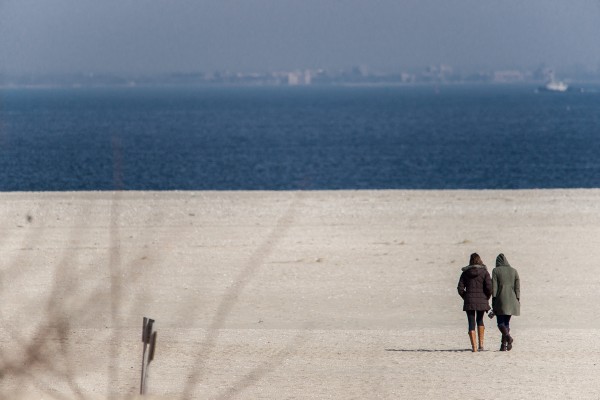
- With such a narrow field of view, even slight change of positioning can have a big impact on the background tones and colorations to change the overall feel of an image. Use this to your advantage when you can to give the best possible background to your subject.
- Most of all, remember to practice, learn, and have fun as you experiment with super-telephoto lenses.

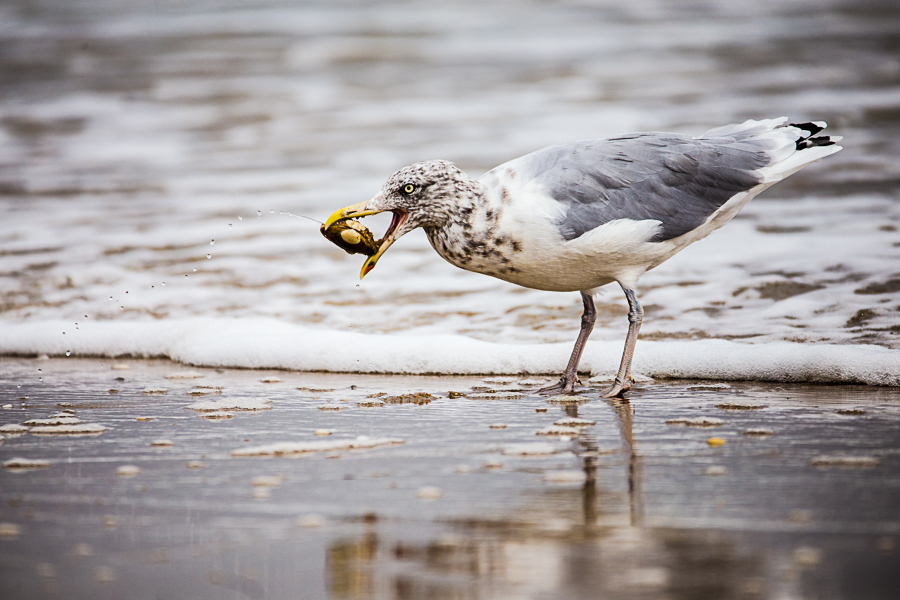
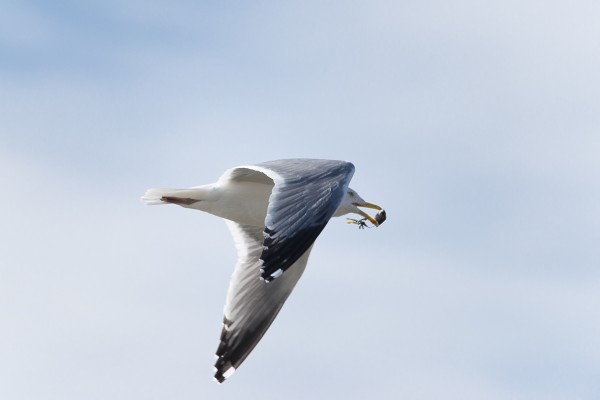
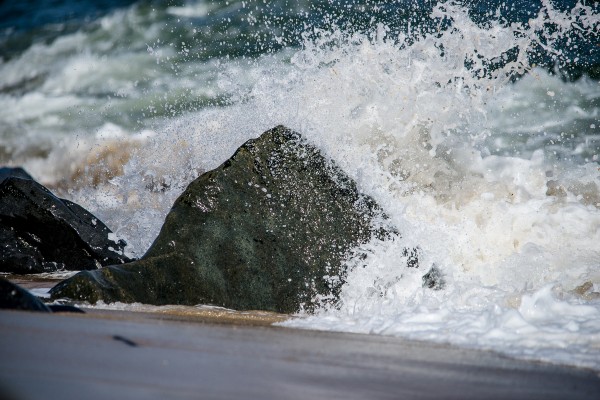
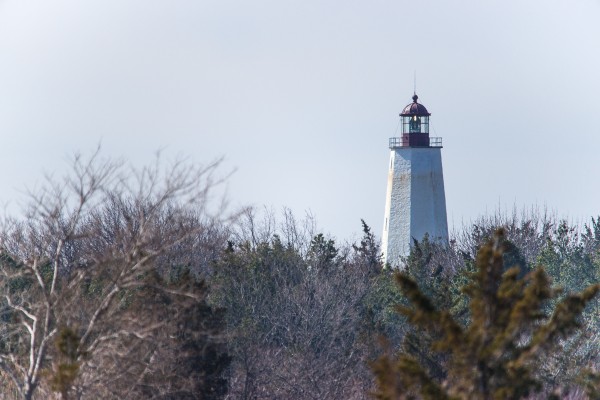

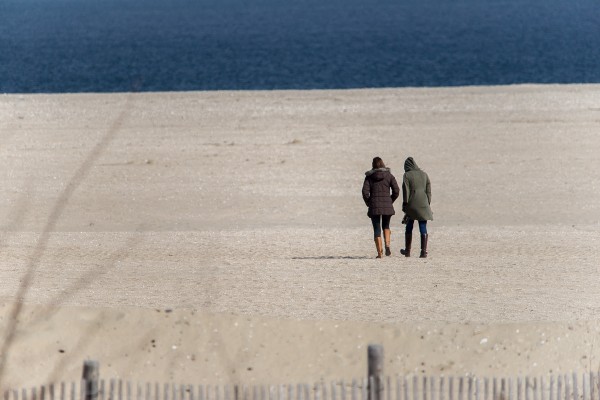
Hello, so what is the “Sweet Spot” on the Sigma 150-600mm C. At what focal length will the lens go from its widest aperture to the narrowest? is it at 390? I have the C and it it’s around 390mm. After that all images are really washed out and not worth processing. The images above look amazing for full zoom at 600mm. I am using 80D.